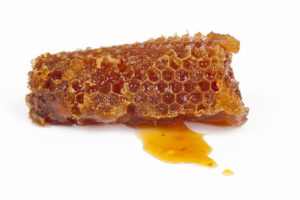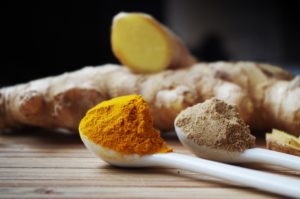Topical Arnica montana for Pain and Swelling

Arnica montana or simply arnica has long been used as a topical remedy for aches and pains. The characteristic bright yellow flowers look similar to other flowers from the daisy family. While some daisy-family flowers are non-toxic and can be used as food, arnica is toxic and should not be taken internally.
As a topical, arnica is often encountered in two different varieties: as an herbal extract or as a homeopathic. However, most topical homeopathics of arnica are a “1X,” meaning they are just a ten-to-one dilution. As such, there is still a significant amount of arnica in these products. They shouldn’t be thought of as a homeopathic in the strictest sense. Even at a 1X homeopathic dose, arnica should still be used with caution and not taken internally. Using any arnica products over mucous membranes, broken or irritated skin can cause systemic absorption and a risk for poisoning and should be avoided.
The Research on Arnica for Pain
One study compared arnica gel to topical ibuprofen for arthritis of the hands. At the end of three weeks, both treatments were equivalent for improving hand pain and function (Widrig 2007). A separate trial in knee arthritis using arnica gel also found it effective (Knuesel 2002). Pain, stiffness and functioning were all improved.
Studies on muscle pain after exercise have been somewhat mixed. One study found increased pain with topical arnica as compared to placebo cream. Worth noting, however, was that the increased pain was no longer present by 48 hours (Adkison 2010). A separate trial in trained athletes treated delayed-onset muscle soreness with topical arnica. The athletes that applied arnica had less pain at three days as compared to those that did not (Pumpa 2014).
A study on laser-induced bruises on the upper arm compared arnica to vaseline or vitamin K formulations (Leu 2010). Arnica was able to better control bruising after two weeks than the vaseline placebo or topical vitamin K.
A review of the research on arnica for pain concluded that topical arnica products appear promising for treating pain (Smith 2021). The review found that constituents of arnica may provide the benefits through anti-inflammatory and antioxidant activities.
Conclusion

Arnica has a long history of use as a topical treatment for aches, pains and bruising. The latest data from the published research appears to confirm the potential benefits of topical arnica formulations. When used appropriately, arnica may help to reduce pain and inflammation.



